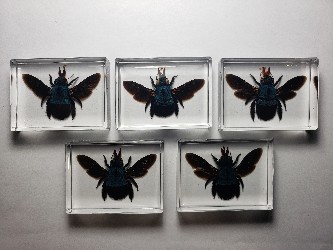
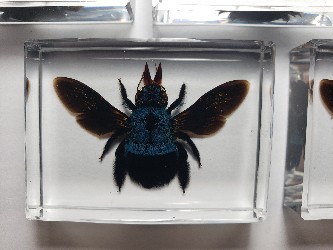
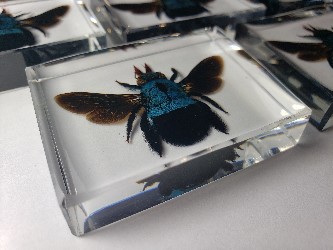
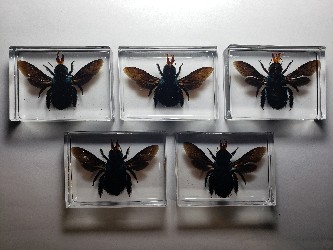
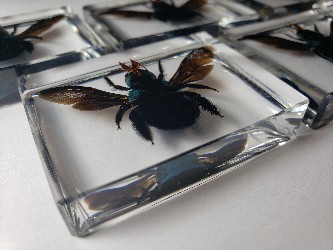
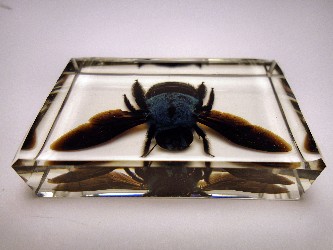
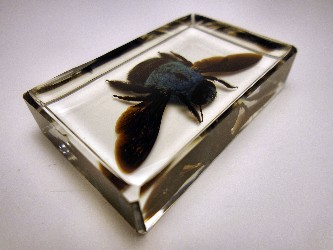
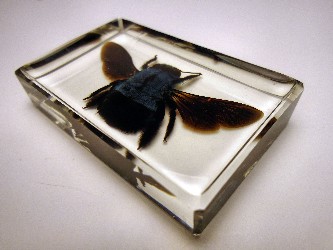
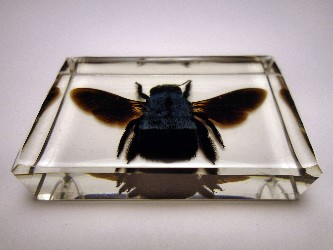
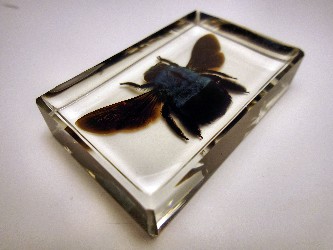
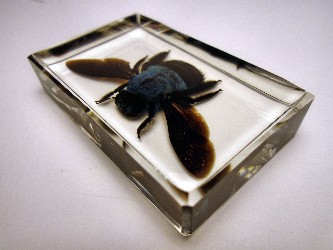
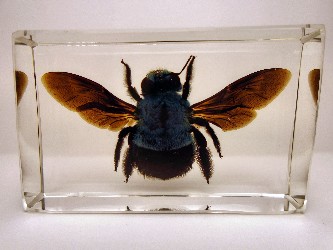
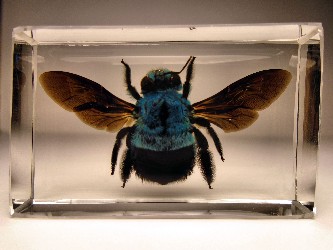
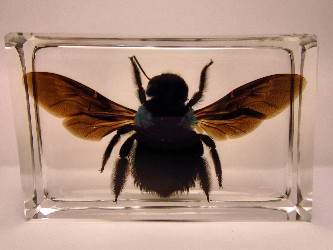
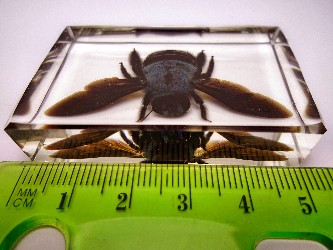
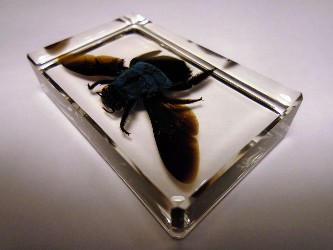
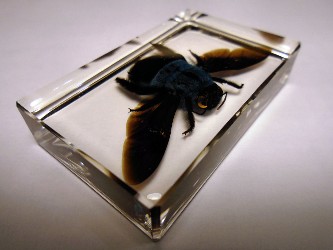
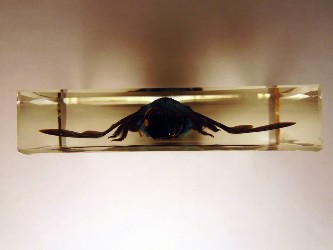
XYLOCOPA CAERULEA |
 |
 |
 |
 |
 |
 |
 |
 |
 |
 |
 |
 |
 |
 |
 |
 |
 |
 |
Classification Phylum Arthropoda Class Insecta Order Hymenoptera Suborder Apocrita Superfamily Apoidea Family Apidae Subfamily Xylocopinae Tribe Xylocopini Genus Xylocopa Species X. Caerulea
.............................. INSECT BIODIVERSITY (PDF)
CLICK FOR DOWNLOAD |
XYLOCOPA CAERULEA BLUE CARPENTER BEE Xylocopa caerulea, the blue carpenter bee, is a species of carpenter bee.
Xylocopa caerulea is a relatively large species, reaching an average size of 23 millimetres (0.91 in). The thorax region of these insects are covered with light blue hairs, giving it a striking blue color. The sides of the abdomen and first abdominal segments are also covered by similar, albeit a finer and thinner coat of blue hairs.
The blue carpenter bee is found throughout Southeast Asia, India, and Southern China, and they’re known for being large and heavy bees that live solitary lives, and are generally non-aggressive.
Blue carpenter bees can reach a whopping 28 mm.
The blue carpenter bee is all about the females. It's the females who sport that brilliant blue pubescence, and the females alone wield a stinger.The males are stinger-less, and have a more subdued, brown or greenish fuzz.
Unlike honey bees, which build complex and intricate hives filled with tens of thousands of workers and a single queen, carpenter bees live alone, burrowing into trees to create a perfect little nest for themselves.
Sometimes queen bees will go so far as to share a common entry hole to their nest, preferring a 'semi-solitary' lifestyle to being on their own.
Carpenter bees are species in the genus Xylocopa of the subfamily Xylocopinae. The genus includes some 500 bees in 31 subgenera. The common name "carpenter bee" derives from their nesting behavior; nearly all species burrow into hard plant material such as dead wood or bamboo. The main exceptions are species in the subgenus Proxylocopa; they dig nesting tunnels in suitable soil.
|